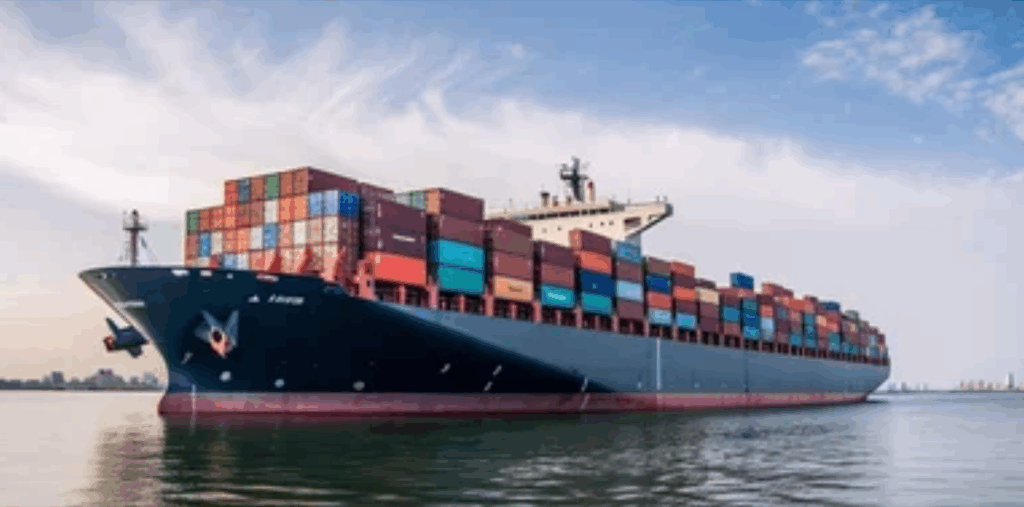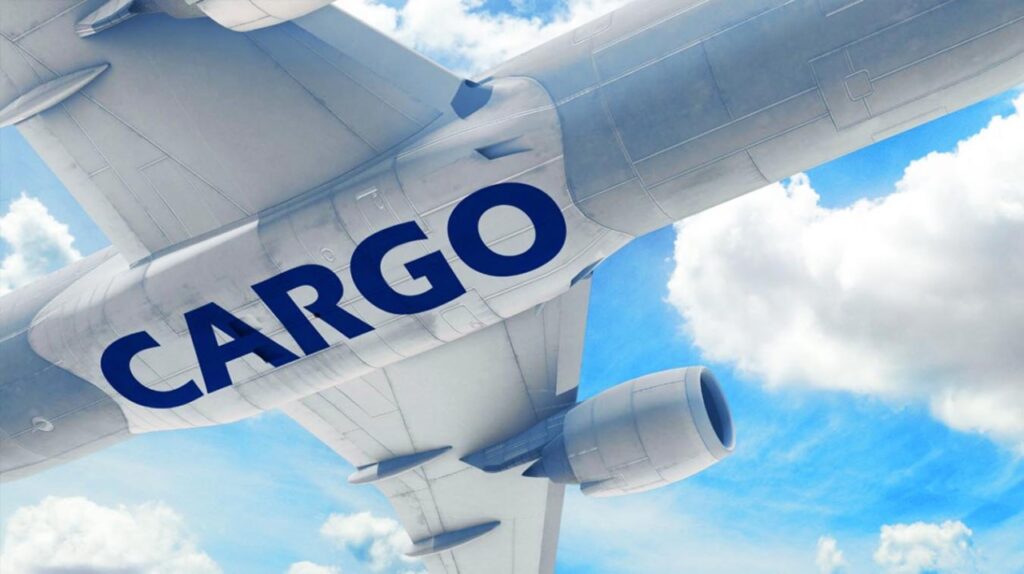Container freight from China to USA is the backbone of global trade, connecting Asia’s manufacturing with America’s massive consumer market. Importers face challenges like rising costs, long transit times, and customs delays. This guide provides cost tables, timelines, real shipping cases, and expert strategies to simplify planning.
Why Is Container Freight from China to USA So Crucial?
This lane supports billions in annual trade. The U.S. imports electronics, textiles, furniture, toys, and machinery from China. Accordingly, container freight ensures competitive prices and steady supply chains. Moreover, efficiency in this corridor directly impacts retail inventory, production schedules, and e-commerce fulfillment.
How Long Does Container Shipping Take from China to USA?
Transit times vary depending on departure and arrival ports.
| Route (Port-to-Port) | Mode | Average Transit Time |
|---|---|---|
| Shanghai → Los Angeles | Sea (FCL) | 14–18 days |
| Shenzhen → Long Beach | Sea (FCL) | 15–20 days |
| Ningbo → New York | Sea (FCL) | 28–35 days |
| Qingdao → Houston | Sea (FCL) | 26–30 days |
| Shanghai → Chicago (Air) | Air Cargo | 3–6 days |
Sea freight dominates for large volumes, while air freight is reserved for urgent or high-value goods.
What Are the Average Freight Costs?
Rates depend on container size, season, and carrier.
| Container Type | Average Cost (USD) | Best For |
|---|---|---|
| 20GP | $1,500 – $2,000 | Small to mid-size shipments |
| 40GP | $2,600 – $3,200 | General large cargo |
| 40HQ | $2,800 – $3,500 | High-volume, lightweight cargo |
| LCL (per CBM) | $35 – $60 | Shipments under 15 CBM |
For example, rates increase significantly before Chinese New Year due to higher demand.
Which Ports Handle Container Freight to USA?
Major Chinese Ports
- Shanghai
- Ningbo
- Shenzhen
- Guangzhou
- Qingdao
Major U.S. Ports
- Los Angeles / Long Beach
- New York / New Jersey
- Houston
- Savannah
- Seattle / Tacoma
Together, these ports handle over 80% of trade volume between both countries.
What Documents Are Needed for Customs Clearance?
Proper paperwork prevents costly delays.
| Document Type | Purpose |
|---|---|
| Commercial Invoice | Details product value and buyer/seller |
| Packing List | Outlines cargo weight and dimensions |
| Bill of Lading | Carrier contract for shipment |
| Certificate of Origin | Determines duty rates and trade status |
| Importer Security Filing (ISF) | Mandatory for U.S. imports |
| Insurance Certificate | Confirms shipment coverage |
Without accurate filing, shipments may face fines or port storage fees.
Real Case Studies of Container Freight
Case 1: Electronics Shipment
- Route: Shenzhen → Los Angeles
- Container: 40HQ
- Cargo: 800 cartons of consumer electronics
- Cost: $3,200
- Transit Time: 16 days
- Note: Customs clearance took 2 days with ISF pre-submitted. Delivery to warehouse completed within 20 days total.
Case 2: Furniture Shipment
- Route: Qingdao → Houston
- Container: 40GP
- Cargo: 70 sets of wooden furniture (25 tons)
- Cost: $2,850
- Transit Time: 28 days
- Note: Port congestion delayed offloading by 3 days; inland trucking added 5 days for warehouse delivery.
Should You Choose FCL or LCL?
Businesses shipping over 15 CBM generally find FCL more economical.
How Do Sea and Air Freight Compare?
| Factor | Sea Freight | Air Freight |
|---|---|---|
| Cost | Low per unit | Very expensive per kg |
| Transit Time | 14–35 days | 3–6 days |
| Volume | Suitable for large cargo | Limited capacity |
| Customs | Standard clearance process | Faster clearance |
| Best Use | Bulk goods, furniture, machinery | Urgent shipments, electronics |
In addition, hybrid Sea–Air solutions are emerging for urgent cargo at lower costs than pure air freight.
What Are the Common Challenges in This Route?
- Rising freight rates during peak season
- Port congestion in Los Angeles and New York
- Strict U.S. customs inspections
- Inland trucking delays due to driver shortages
Nonetheless, reliable freight partners help mitigate these risks.
How Can Importers Reduce Container Freight Costs?
- Book shipments early to secure lower rates
- Consolidate cargo when possible
- Negotiate long-term contracts with carriers
- Optimize packaging to maximize space utilization
- Use experienced freight forwarders for customs clearance
As a result, businesses can achieve cost efficiency while ensuring timely deliveries.
Conclusion
Container freight from China to USA is vital for global trade, but it involves complex planning, customs rules, and fluctuating costs. By comparing FCL vs LCL, understanding required documents, and learning from real-world cases, importers can better control expenses. Ultimately, working with an experienced logistics partner ensures cost-effective and timely delivery of goods.
- Consult TJ China Freight Forwarding for the lowest quote. They will provide you with reliable, cost-effective service.
FAQs
Q1.How much does container freight from China to USA usually cost?
A 40GP container averages $2,600–$3,200, while 20GP containers range $1,500–$2,000 depending on season and route.
Q2.What is the average transit time for full container loads?
FCL shipments from China to the U.S. West Coast take 14–20 days, while East Coast deliveries may take up to 35 days.
Q3.Can small businesses use LCL container freight to USA?
Yes, LCL shipments allow small businesses to share space, lowering costs significantly for loads under 15 CBM.
Q4.Which U.S. ports handle the most China imports?
Los Angeles/Long Beach lead on the West Coast, while New York/New Jersey handle the majority of East Coast arrivals.
Q5.How can I avoid delays with U.S. customs clearance?
Ensure documents are accurate, file ISF on time, and work with licensed customs brokers to minimize inspection risks.



